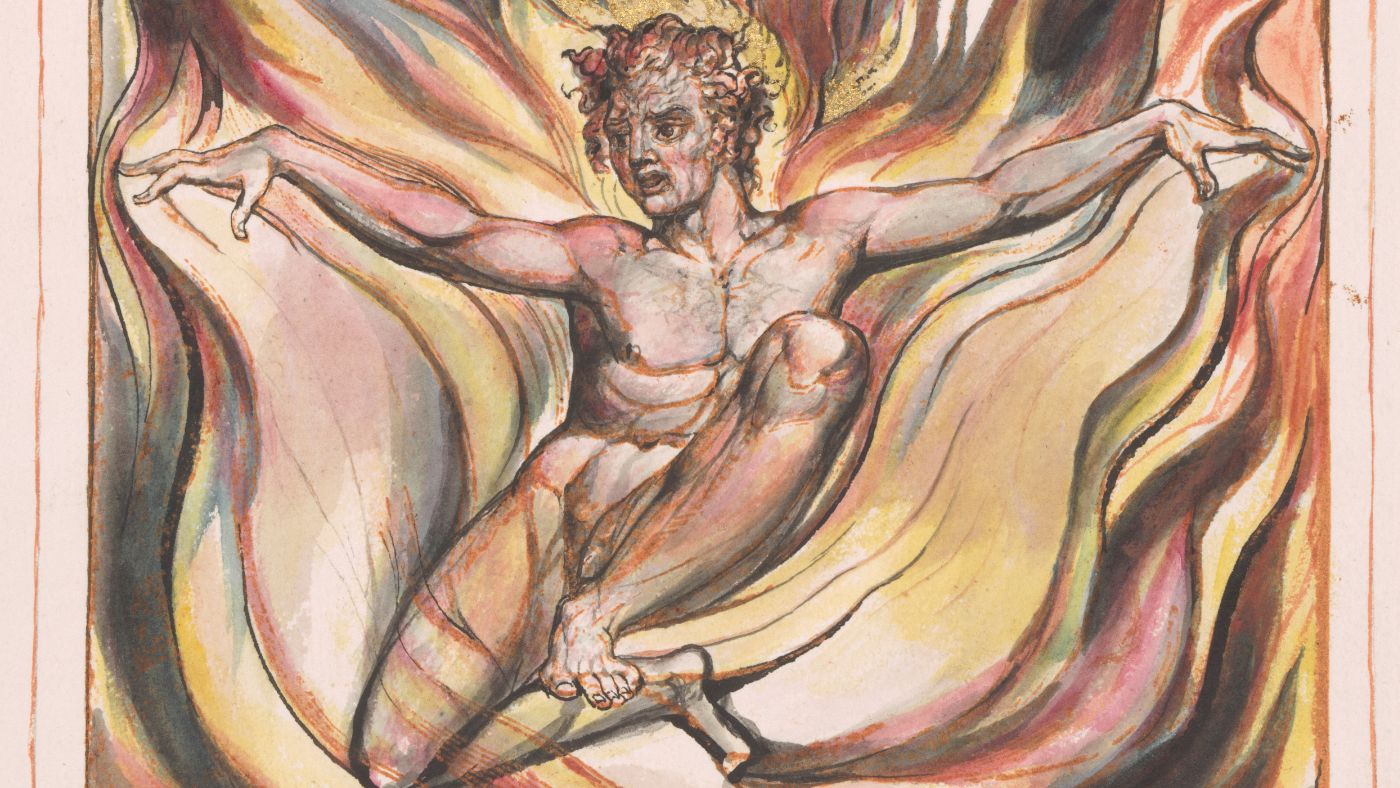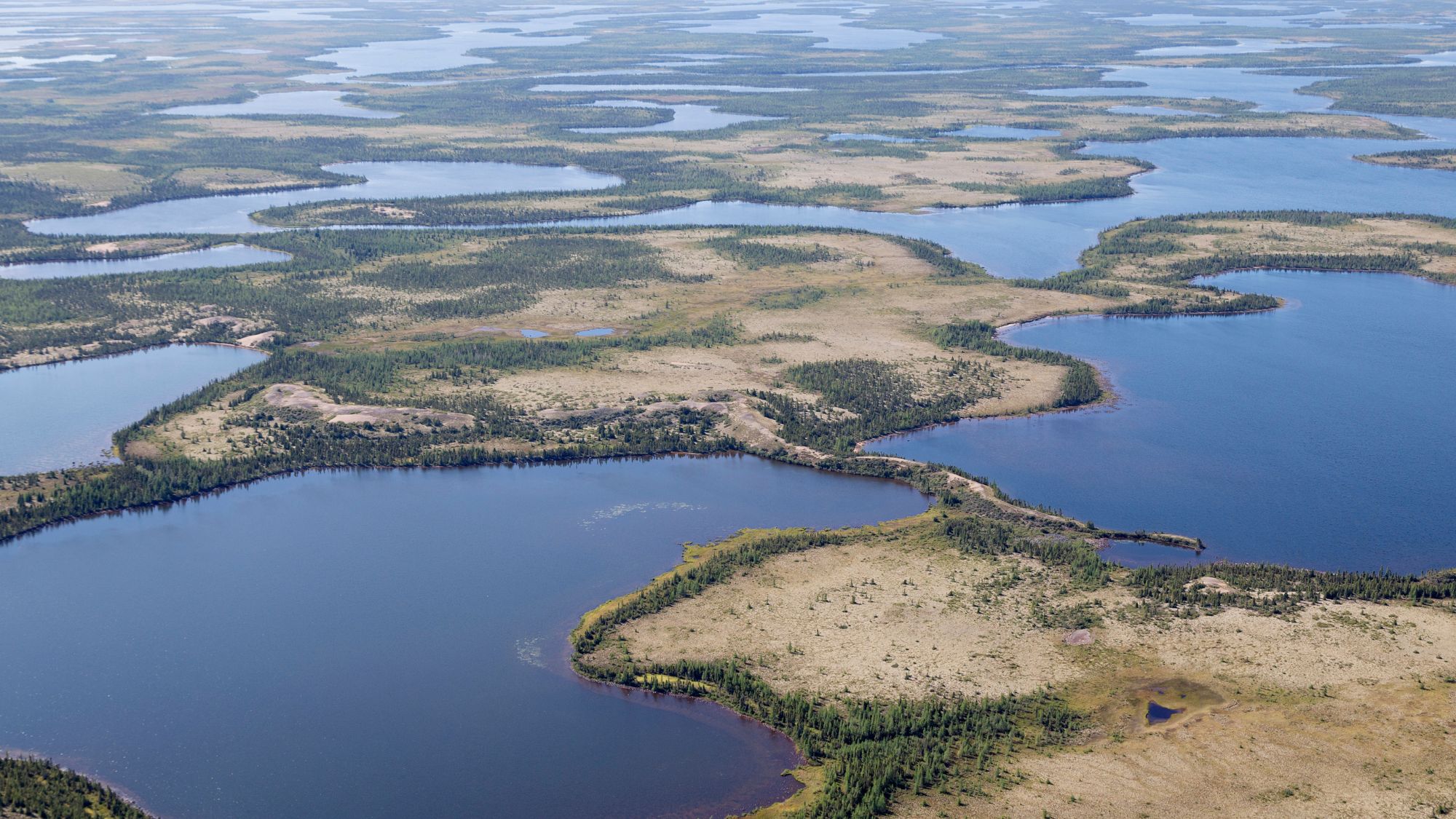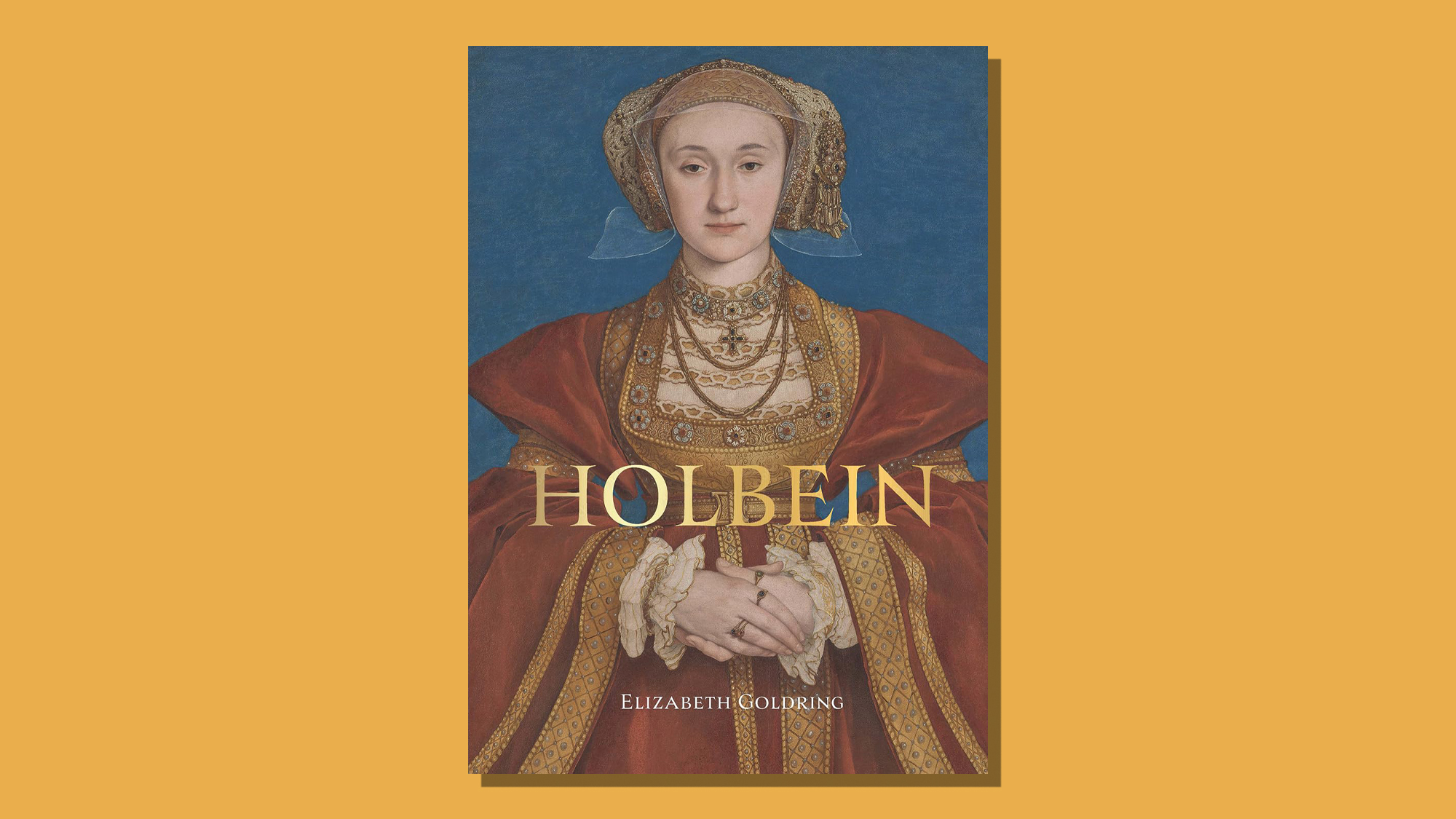William Blake's Universe: 'conventional' and 'befuddling' artwork
First exhibition to explore the eccentric figure's imagination in the context of trends and themes in art

We tend to think of William Blake (1757-1827) as a quintessentially English kind of eccentric, said Nicholas Wroe in The Guardian. Thanks in part to his words for the hymn Jerusalem, the "idiosyncratic" poet and artist is remembered as a "determinedly Anglocentric" thinker: he never left England, and rarely strayed further afield than the boundaries of London. Yet, as the curators of this new exhibition at Cambridge's Fitzwilliam Museum argue, Blake was perhaps not the isolated genius of legend. The show attempts to reframe its subject in the context of the wider artistic currents that swept across the continent during his lifetime, notably romanticism.
While Blake himself provides around half of the 180 paintings, drawings and prints on display, the rest come courtesy of his "peers, mentors and followers", said Katy Prickett on BBC News. William Blake's Universe features important works by his British contemporaries such as Samuel Palmer, and the German Romantic painters Caspar David Friedrich and Philipp Otto Runge. As a whole, it promises to provide a fresh interpretation of Blake's "radical" vision.
Blake was undoubtedly "one of the greatest poets in the English language", said Jonathan Jones in The Guardian. Yet seen purely as an artist, he suffers by comparison with the other painters here – some of whose inclusion seems tenuous at best. Blake probably wasn't even aware of Runge and Friedrich, whose work here far outshines his own: the former fields an "exquisitely classical and totally psychotic" drawing of a possessed boy with "blank spheres" for eyes; while a series of "climactic" sepia drawings by Friedrich brim with wild, romantic imagery, from "the ruins of a monastery framed against the stark sky" to "skeletons in a cave swarming with stalactites". Blake, by contrast, seems rather conventional and outclassed.
The Week
Escape your echo chamber. Get the facts behind the news, plus analysis from multiple perspectives.

Sign up for The Week's Free Newsletters
From our morning news briefing to a weekly Good News Newsletter, get the best of The Week delivered directly to your inbox.
From our morning news briefing to a weekly Good News Newsletter, get the best of The Week delivered directly to your inbox.
"At points, the exhibition seems wilfully befuddling and esoteric," said Alastair Sooke in The Daily Telegraph. Yet confusing as it can be, it succeeds in evoking the spirit of Blake's age. Like many of his contemporaries, he was "preoccupied by the French Revolution", and like some of them, he believed he was living through "the end times". This partially explains the "sense of apocalypse" that "saturates" his art, and may well have inspired some of the "sinister, manacled figures" and "celestial creatures wreathed in frames" that we see here. Blake still emerges as an "unclassifiable" original: his work is full of "inimitable, phantasmagorical images", from "coiled serpents and gigantic spiders scuttling across cobwebs" to "musclebound sylphs moving in sync, as if dancing the cha-cha-cha". For all its opacity, this is an admirable show that demonstrates "why its subject still matters". Indeed, "it makes Blake's profound oddness seem, if anything, even odder".
Fitzwilliam Museum, Cambridge; fitzmuseum.cam.ac.uk. Until 19 May
A free daily email with the biggest news stories of the day – and the best features from TheWeek.com
-
 A fentanyl vaccine may be on the horizon
A fentanyl vaccine may be on the horizonUnder the radar Taking a serious jab at the opioid epidemic
-
 The 8 best comedy TV series of 2025
The 8 best comedy TV series of 2025the week recommends From quarterlife crises to Hollywood satires, these were the funniest shows of 2025
-
 Codeword: December 16, 2025
Codeword: December 16, 2025The daily codeword puzzle from The Week
-
 6 lovely barn homes
6 lovely barn homesFeature Featuring a New Jersey homestead on 63 acres and California property with a silo watchtower
-
 Film reviews: ‘Marty Supreme’ and ‘Is This Thing On?’
Film reviews: ‘Marty Supreme’ and ‘Is This Thing On?’Feature A born grifter chases his table tennis dreams and a dad turns to stand-up to fight off heartbreak
-
 Heavenly spectacle in the wilds of Canada
Heavenly spectacle in the wilds of CanadaThe Week Recommends ‘Mind-bending’ outpost for spotting animals – and the northern lights
-
 It Was Just an Accident: a ‘striking’ attack on the Iranian regime
It Was Just an Accident: a ‘striking’ attack on the Iranian regimeThe Week Recommends Jafar Panahi’s furious Palme d’Or-winning revenge thriller was made in secret
-
 Singin’ in the Rain: fun Christmas show is ‘pure bottled sunshine’
Singin’ in the Rain: fun Christmas show is ‘pure bottled sunshine’The Week Recommends Raz Shaw’s take on the classic musical is ‘gloriously cheering’
-
 Holbein: ‘a superb and groundbreaking biography’
Holbein: ‘a superb and groundbreaking biography’The Week Recommends Elizabeth Goldring’s ‘definitive account’ brings the German artist ‘vividly to life’
-
 The Sound of Music: a ‘richly entertaining’ festive treat
The Sound of Music: a ‘richly entertaining’ festive treatThe Week Recommends Nikolai Foster’s captivating and beautifully designed revival ‘ripples with feeling’
-
 Nnela Kalu’s historic Turner Prize win
Nnela Kalu’s historic Turner Prize winTalking Point Glasgow-born artist is first person with a learning disability to win Britain’s biggest art prize